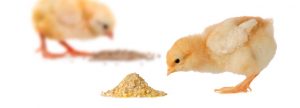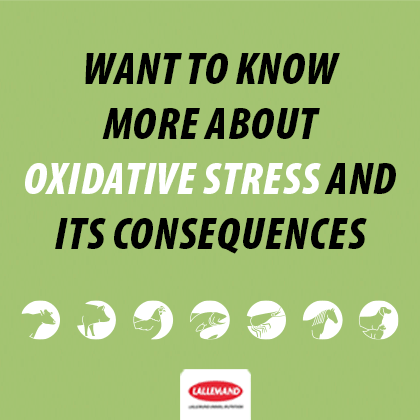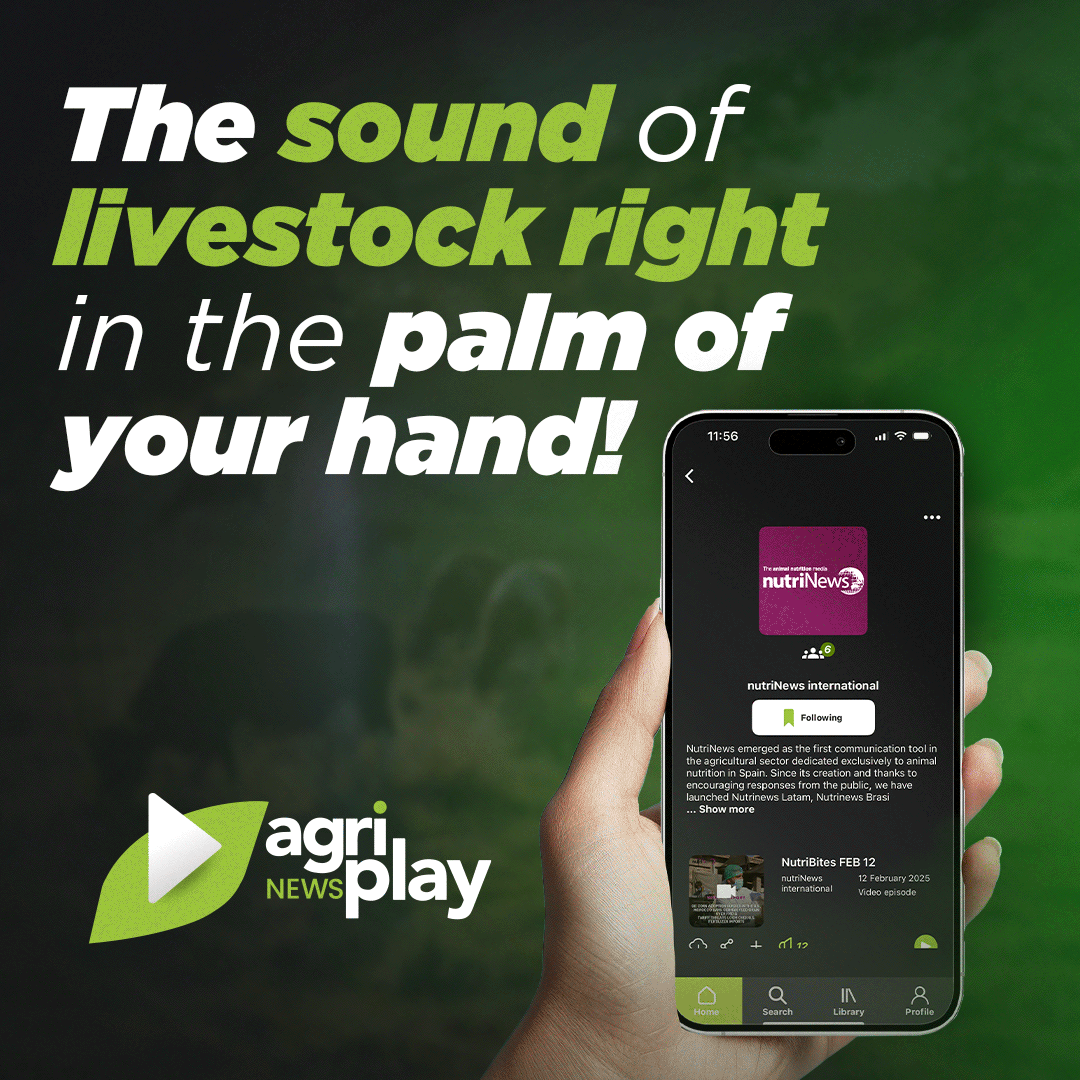Feed presentation in broilers is a factor determining consumption and digestibility. Pellets have become a very popular feed form, since it reduces wastage and improves consumption. However, the fine particle size required to obtain a good pellet quality may have some negative effects in gut finction. This paper discusses those issues.
Possible effects of pellet presentation
In order to understand the possible benefits of feeding pellets or meal, it should be considered that the granule is finely ground while the meal is coarsely ground. Although they are commonly confused, the effects of feed form and particle size are completely different in poultry, and to a large extent explain the advantages and disadvantages of each presentation type.
The major advantages of the pellet are observed prior to consumption, from the beginning of the manufacturing process to the moment when the feed is ingested by the bird. Several studies have demonstrated that broilers from 0 to 21 days of age, receiving feed in the form of crumbs or micropellets, showed better voluntary feed intake compared with birds fed diets in the meal form. This resulted in improved growth (+ 15-20%), but the advantages tend to diminish with age, particularly when the birds are fed a common pelleted diet.
The advantages of pellets are much more important for daily weight gain than for feed conversion, suggesting that the increase in feed intake and the reduction of feed wastage are the main advantages of feeding pellets, with little effect on nutrient digestibility.
Prior to pelletisation, the ingredients are finely ground in order to improve the quality of the final product.

Feed wastage is more relevant in old farms, with poor management or badly designed feeders. The pellet form facilitates feed intake by the bird, reducing maintenance needs since the bird eats more quickly and spends more time resting. Also, if the pellet falls to the litter the bird can take it, while this cannot happen in the case of a meal form. Therefore, the pellet form improves feed conversion during this “pre-consumption” phase.
After the bird eats the feed, it goes to the crop, and then to the gizzard, where it loses its structure. So, after ingestion it is difficult to determine whether the bird ate mash or pelletised feed. From then on, there is no effect of presentation form, and the main factor is the fine grinding.
The effect of particle size
After ingestion, particle size could be more important than feed presentation regarding the functionality of the digestive system. Pelletisation reduces feed particle size, facilitating the rapid transit of the digesta through the proximal part of the gastrointestinal tract (GIT). Consequently, the bird is not fully satisfied and tends to increase consumption. On the other hand, due to the higher speed of transit, pelletised feeds (and, therefore, finely ground) impair gizzard functions due to the reduced development of the muscle layer.
On the contrary, coarse particles remain in the gizzard, improving its function and the development of the organ’s muscle. Also, the higher motility of the wall and mucosa of the digestive tract results in improved health status and productivity. Therefore, in the presence of wet litter and without the use of antibiotics, it is recommended to increase feed particle size even if the quality of the granule is compromised.
Interactions
The advantages of crumbs or microgranules are largely dependent on the quality of the final product. The benefits are less pronounced, or even absent, when low quality/excessive fines crumbs, or soft pellets that easily break down before getting to the feeder, are used. It is appropriate that the percentage of fines is not higher than 25-35%.
Lilly et al. (2011) observed that, for each 10 extra points in the percentage of fines, the weight gain of the birds was reduced by 4 g/day from 21 to 38 days of age. Also, carcass and breast weights were reduced by 10 g and 4 g, respectively. It should be noted that excessively hard crumbs (bright to the human eye), which are commonly observed when high levels of wheat are added to the formulation, can cause refusal of feed, particularly in young birds. When assessing the benefits of the plletisation process, a possible increase in mortality should be considered, presumably due to the higher growth speed and lower feed moisture (around 1.0- 1.5%).
A moisture reduction can imply that the real improvement in feed conversion (on a DM basis) is lower than estimated.

- In general, from 0 to 15 days of age, it is recommended to use feeds in the form of high quality micropellets or crumbs, not excessively dry (DM < 90%).
- During the first days of life, the use of micropellets (2 mm in diameter and less than 4 mm in length) improves feed consumption and growth rate of broiler chicks.
- After 18-20 days of age, the bird accepts larger granules (≤ 3 mm in diameter). After 22-25 days granules of 3.5 mm in diameter are appropriate.
The strict rules agreed for the percentage of fines require to grind the materials very finely and to apply an excess of hot steam, with temperatures reaching 90ºC during pelletizing process. This results in excessively hard granules, and feed consumption is reduced. Besides feed refusal and increased feed wastes, fine grindings and excessive heat reduce nutrient digestibility, increasing the occurrence of wet litter.
In practice, and under certain circumstances, coarse meals could be used starting from 21-25 days of age onwards. This will help to reduce daily growth and the possible occurrence of metabolic disorders associated with carcass quality. It also can improve intestinal health, resulting in drier litter and, consequently, a lower incidence of breast ulcers and erosions, as well as hock burn.
Functions of the gizzard
The gizzard is a very powerful organ in the digestive system. The emptying of the gizzard, the harmonious transit of digesta to the small intestine, and the higher intensity of antiperistaltic movements are largely dependent on gizzard functionality. An underdeveloped gizzard reduces HCl production in the proventriculus, which subsequently results in pH increase, that impairs pepsinogen activation.
The gizzard is also co-responsible to produce enzymes and bile secretions in the GIT, which affects nutrient digestibility.
Excess of nutrients in the small intestine (particularly starch, due to the rapid passage of feed from the gizzard), a lower pepsin activity (due to the lack of HCl), and a reduction of antiperistaltic movements, affect the digestibility. If antibiotics are not used as growth promoters, abnormal fermentation will occur in the large intestine. This will increase the chances of the birds suffering of enteric disorders.
 Therefore, in the presence of wet litter, the use of coarse feeds improves carcass quality and allows for the reduction of antibiotic use. In any case, mash feeds affect the intake and the birds will need 2 to 4 extra days to reach slaughter weight.
Therefore, in the presence of wet litter, the use of coarse feeds improves carcass quality and allows for the reduction of antibiotic use. In any case, mash feeds affect the intake and the birds will need 2 to 4 extra days to reach slaughter weight.
Heat processing of raw materials is commonly used in piglet diets, but not in poultry production. The application of high temperatures in cereals has little effect on the productive performance of the birds, except perhaps for chicks during the first days of life. The excess heat often increases digesta viscosity in feeds based on white cereals, which affects litter quality and the growth of broilers. This problem is reduced or even disappears with the use of enzymatic complexes. However, grain processing (fine grinding and heat application) could be beneficial in the case of feeds based on peas or vegetable protein concentrates. This improves the digestibility of starch and protein fraction.
The use of increasing amounts of whole wheat (5 to 25%), according to the age of the bird, is a common practice in many European countries such as the Netherlands, Denmark, United Kingdom and Spain.
The inclusion of wheat from 7 days of age improves the digestive physiology of broilers without significantly affecting feed consumption.
Whole wheat (or in its absence, cracked or coarsely ground corn) can improve the ability of the birds to defend against gastrointestinal infections, including clostridiosis, coccidiosis, and Salmonella spp. infections.
In the case of using high percentages of wheat during the last week of life, the feed withdrawal period should be extended to facilitate its complete elimination of GIT.
The use of other cereals, such as barley, does not seem to have the same beneficial effects (Bennett et al., 2002), but the reasons for these differences are not known. The fibrous edges of the barley grain can damage the structure of the mucosa and soft tissues, affecting the voluntary consumption.
Probably, there is a common point between the effects of including whole grains, adding insoluble fibre, supplying mash feed, and maintaining coarse particle size. They dynamise the function of the gizzard, which is the conductor of intestinal peristalsis, resulting in proper functioning of the digestive system.
This article was previouly published in nutriNews Spain, with the title La importancia de la presentación del pienso en los pollos de carne












